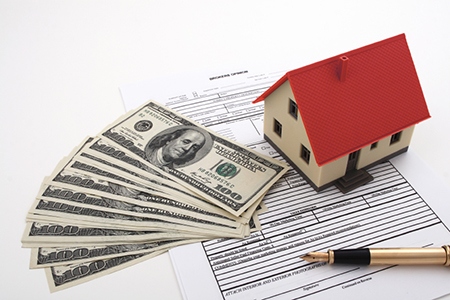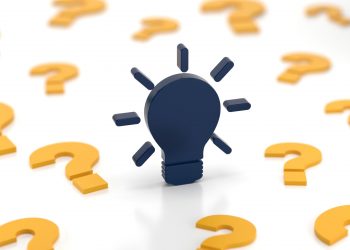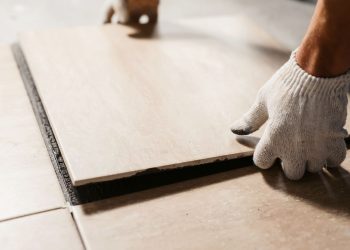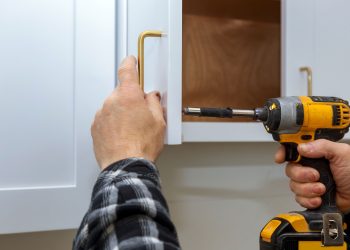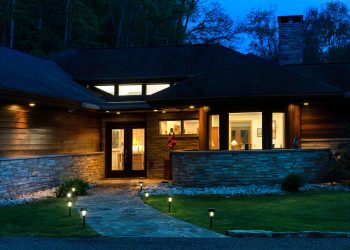If you want to buy a home in a low-cost area, or are buying a small home, vacation home or simply refinancing for a low amount of money, then a $100,000 loan may be all you need.
Approving a loan for such a low amount, however, may be difficult for a lender that’s more interested in bigger loans, because small loans don’t cover the processing costs. Borrowers may have to pay the closing costs themselves instead of rolling them into the loan.
Small home loans can also be difficult to qualify for by borrowers who can only afford such a home because they have high risk factors such as low credit scores, less income and less savings.
What can borrowers do? Small lenders and credit unions can help with small loans, though they may charge higher interest rates.
One solution can be to qualify for the tougher 2014 Qualified Mortgage rules enacted by the federal government. The rules require lenders to ensure borrowers can afford to pay their loans, and make getting small loans easier by capping mortgage fees at a dollar amount instead of a percentage of the loan.
Another option is to get an unsecured personal loan, which is a loan that doesn’t require collateral. A loan for a tiny house, for example, is based on a customer’s credit history and ability to repay, and the lender doesn’t use the house as collateral.
Along with a tiny house of a few hundred square feet, homebuyers can sometimes buy a condominium for $100,000 or less and avoid having to buy a larger, more expensive traditional home.
A townhouse or condo can be easier to care for and easier to afford, giving first-time buyers a foot in the housing market and hopefully a chance to make money off their first home in a few years so they can upgrade to a bigger home. When they get to that point, a $100,000 loan on their first home may not seem so small anymore.



